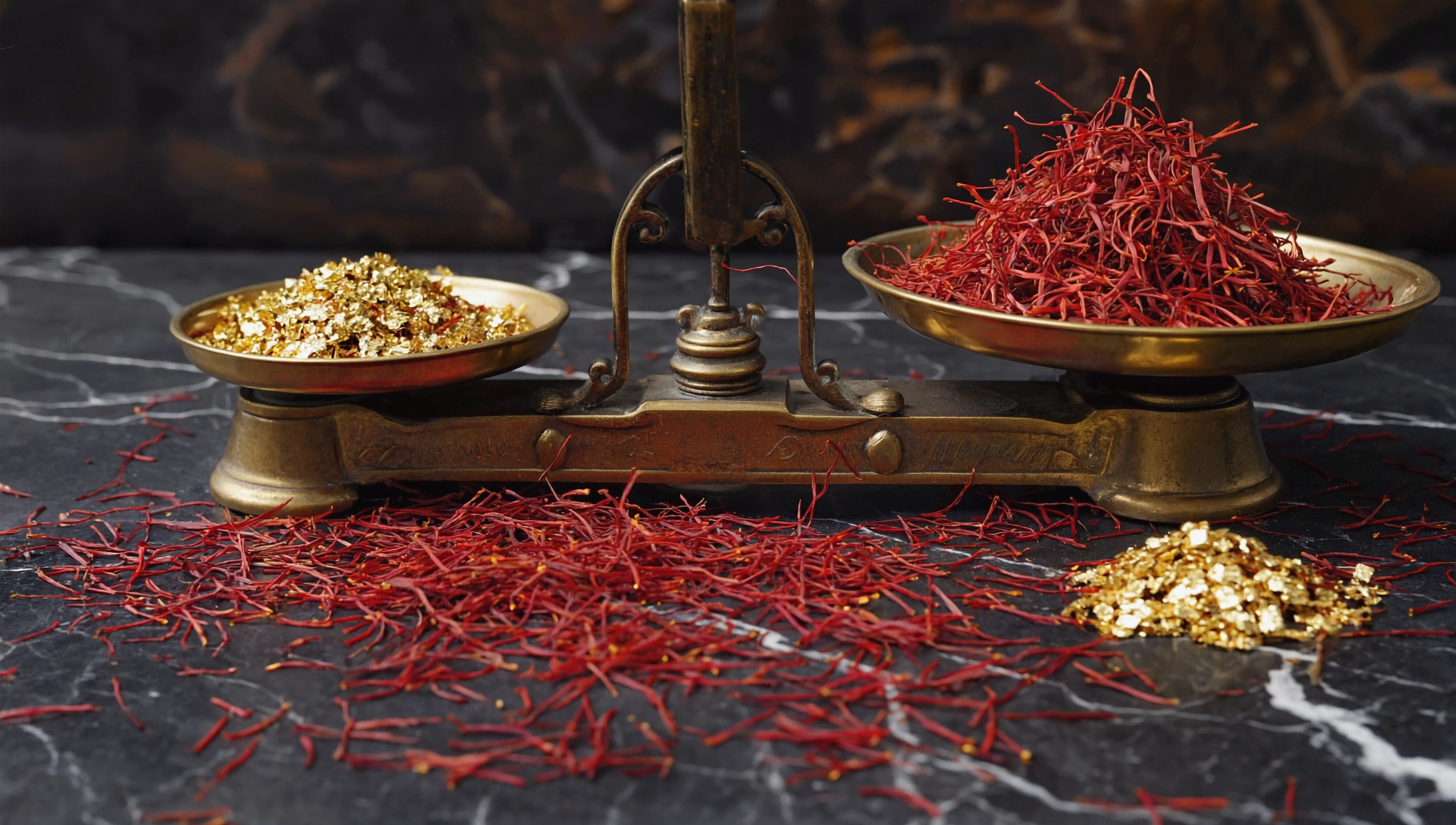Saffron has been referred to as the “red gold” of spices, and for many good reasons. What is surprising, and not at all weird, is the really high price that saffron commands. What, then, dictates such extraordinary height with respect to the saffron price? Saffron rarity forces the price up, as it is one of the most laborious crops to cultivate. Starting from the careful harvesting of flimsy stigmas down to complex drying techniques, this spice is one of the most technically complicated in the world. An attempt has been made in this article to look at some of the factors that cause the high prices of saffron: aspects such as its rarity, labor input, and huge saffron production costs that make it worth every penny.
Why Does Saffron Have Such a High Price? An Insight into Key Price Determinants
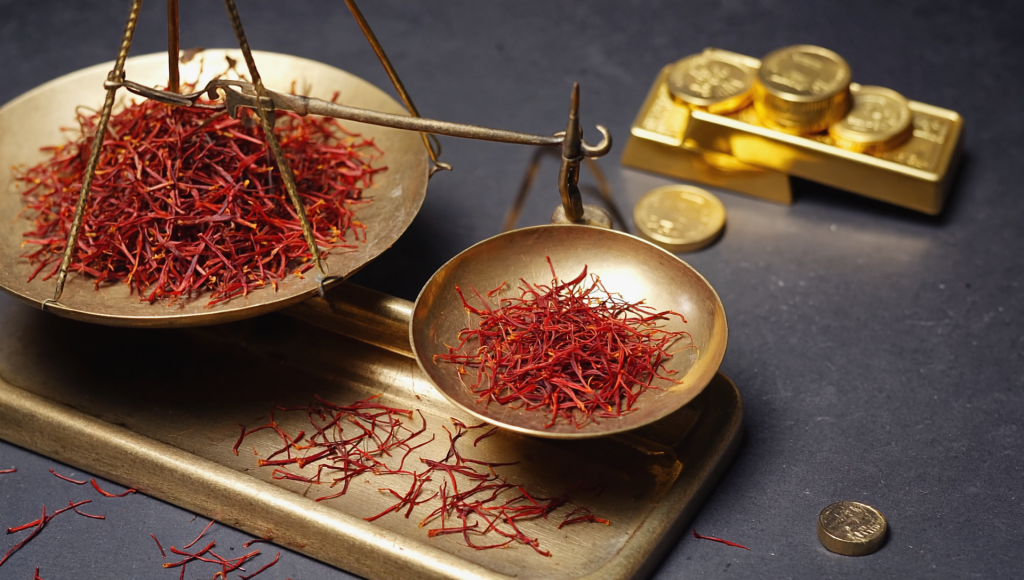
The high price of saffron does beg one question: why does it have to be so expensive? Its production process is laborious; hence, much comes together to make it the most expensive spice on the planet.
Price Determinants of Saffron
- Most of this high price is essentially because of the extremely intensive processing procedure for the tiny stigmas, the only parts of the crocus plant used for their distinctive flavor and aroma.
- It takes tens of thousands of flowers to produce even a small amount-about 50,000 to 75,000 flowers for just one pound of dried saffron.
- The flowers bloom briefly and all at once; thus, the period of harvest is also frantic and very labor-intensive-it may require 40 hours of continuous picking.
- The flowers are required to be very patiently dried just after harvesting to prevent any mold or spoilage. This is normally done by laying fresh stigmas over screens and then drying them on hot coals or in light, warm rooms for as long as 12 hours.
Rareness of Saffron and Laborsome Cultivation
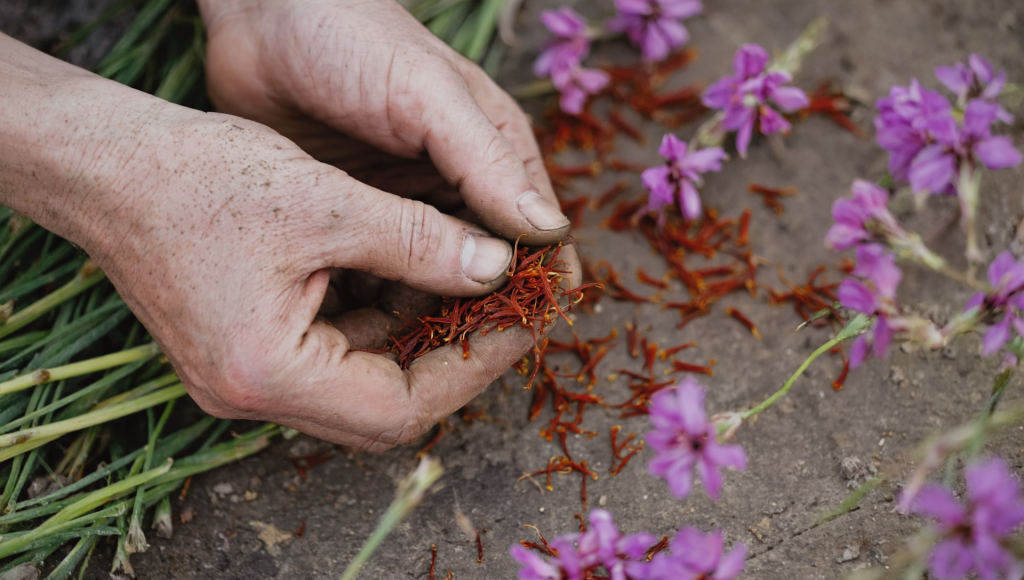
- About 70,000 to 200,000 strands constitute one pound of dried saffron.
- Their flowers require very cautious harvesting, drying, and processing, which puts it also amongst the most expensive spices in the world.
- Saffron cultivation involves planting, harvesting, and processing some 75,000 flowers to yield just one kilogram of the spice.
Saffron Production Cost:
- Besides the cost of labor, the other production costs include cultivation, special methods of drying, and suitable packaging that will keep it fresh.
- Prices Vary by Quality Grade: Although it might be different depending on the quality grade, high-quality saffron may reach over $1,000 per pound.
Saffron Compared to Other Expensive Spices
- Saffron is considered one of the most expensive spices. There can be a large variation in price depending on quality and origin. Several other spices, including vanilla, cardamom, and Peruvian chilies, are also pretty costly but nonetheless dwarfed by saffron. Other Forms of Saffron
- The quoted price usually refers to the saffron threads. As already covered, this is not the case with saffron oil and powder, for which one must be extremely careful because their authenticity can not be traced back.
Variation Depending on Price Range
- The price range depends on the place of origin and further on the quality and purity. The highest quality varieties are dominated by Persian saffron.
- A kilogram of saffron can range between 2,000 dollars and 5,000 dollars based on these factors.
What Type Of Saffron Is The Most Expensive?
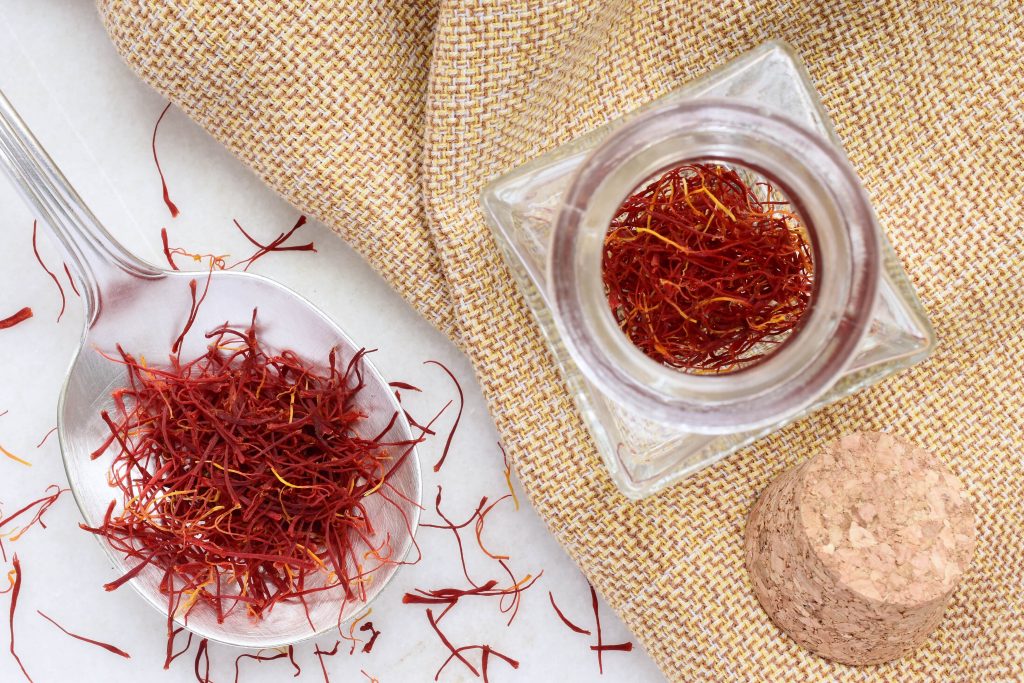
From a pricing point of view, the most expensive type of saffron is Supernegin saffron. Being one of the best categories of saffron, this category has tremendous demand in the export market. Countries in Asia, particularly China, Turkey, and other Arab countries, have tremendous demand for this quality of saffron. What makes this category of Saffron so valuable is the technique involved in drying and the coarseness of the threads. Since it is very rare and costly to manufacture, the price of saffron is higher owing to its rarity and time-consuming process. In this connection, the cost of production of saffron will be higher. So, this superior quality saffron remains a luxury for those who know its value.
Is Saffron More Expensive Than Gold?
When it comes to luxury commodities, saffron and gold are often mentioned in the same breath due to their high price tags. However, if we compare the two based on current trends, saffron can actually be more expensive than gold!
Reasons Determine Saffron Price
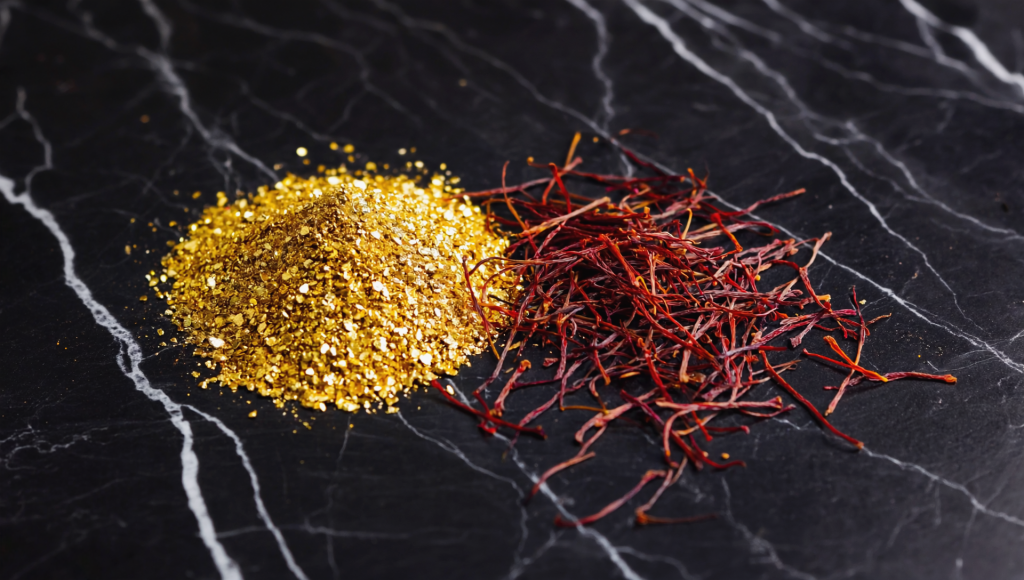
The reasons for the price of saffron are based on a combination of several factors: its rarity, quality, and place of production. Premium varieties of saffron, such as Sargol from Iran, are really expensive compared to other spices. This is mainly because of the very labor-intensive process associated with its collection, wherein each flower is picked by hand and only a small portion of that flower is used, making its production very expensive. Further, saffron needs certain conditions to grow, which entails a lot of work during its cultivation.
Dynamics of Gold Price
Gold, on the other hand, is a valuable metal whose price changes along with world markets or economic conditions. It is usually measured in ounces, with one ounce weighing approximately 31.1 grams. The prices of gold are high, often changing, yet generally more stable than those of saffron.
Production Costs
Extracting gold requires very expensive equipment and a very long process to actually extract the metal from the earth. In general, all this complexity and cost that go into gold mining do add to the price, but because of its rarity and the particular conditions under which it grows, the saffron production costs always manage to drive its price way higher.
Saffron vs. Gold: From the aforementioned comparison of saffron and gold, it was noted that saffron has greater value most of the time. This spice is one of the costliest spices because of its exclusiveness of the cultivation process and high cost of hand-picked flowers. Therefore, whenever you plan to purchase any item of luxury, saffron might be priced higher than gold!
Conclusion
To summarize, the labor-intensive cultivation, rarity, and meticulous harvesting process are only a few reasons why saffron commands such a high price. Thus, because of the elaborate work involved in picking, drying, and processing this precious spice, it generally costs more than gold per gram. Nevertheless, Safran’s unique flavor, aroma, and quality allow this spice to stand in the position of the most sought-after luxury in culinary art. Whatever the reason may be—a desire to simply elevate a dish or to have some unique spice—saffron is one of the best options available, especially for people who can see the artistry and hard work behind its production.

